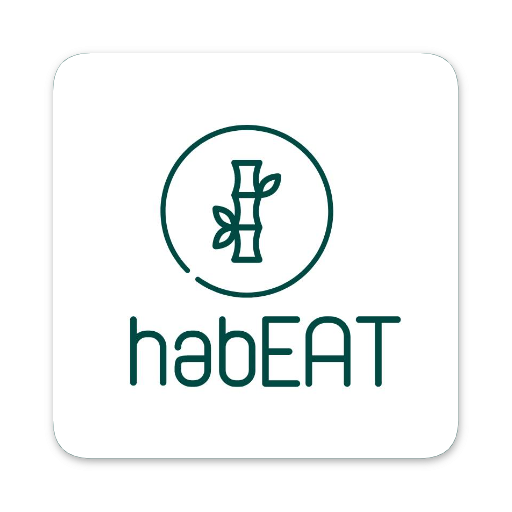
At first glance, you may be thinking “whoa, that’s a lot of fruits and vegetables to get in one day”. But like we always say, just start with what you can and build on that habit each time. If it’s only being able to tick 1 green vegetable and a few other color vegetables, then that’s completely fine! If you are having all the different colors of vegetables but maybe in lesser portions, also fine! This isn’t about being perfect, there is no such thing, it’s all about being consistent, this is where the magic happens.
In this blog post, we are going to explain why we chose the categories we did, hopefully when you see the benefits of these wonderful and healing foods, you will be more inclined to include them daily.
1. Vegetables
1.1. Green vegetable group
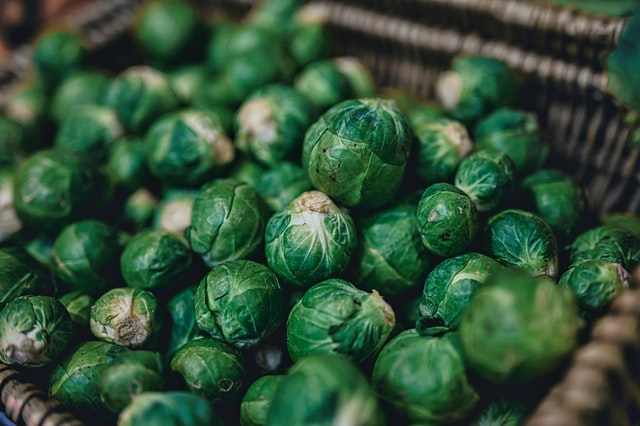
Our mitochondria (where energy is made for our body to accomplish what we want and need to do) thrive off green foods, specifically the chlorophyll which gives it that green color. There is no wonder why green leafy vegetables are considered some of the healthiest foods that we have easy access to.
This is why we have included 3 servings in comparison to 1 serving of each of other colors. Numerous studies have been done showcasing green vegetables to be a strong shield against major chronic issues and diseases, such as cardiovascular disease, cancer and diabetes just to name a few.
1.2. Purple/Red group:
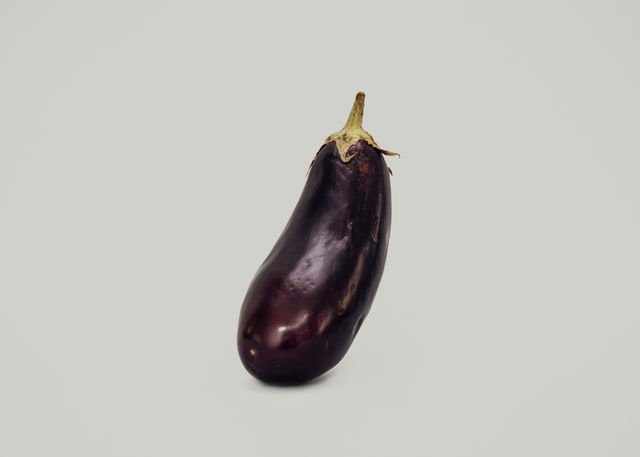
Red and Purple vegetables contain anthocyanins which is one of the most powerful antioxidants which could assist in blood clotting therefore aiding in preventing heart disease.
1.3. Red vegetable group:
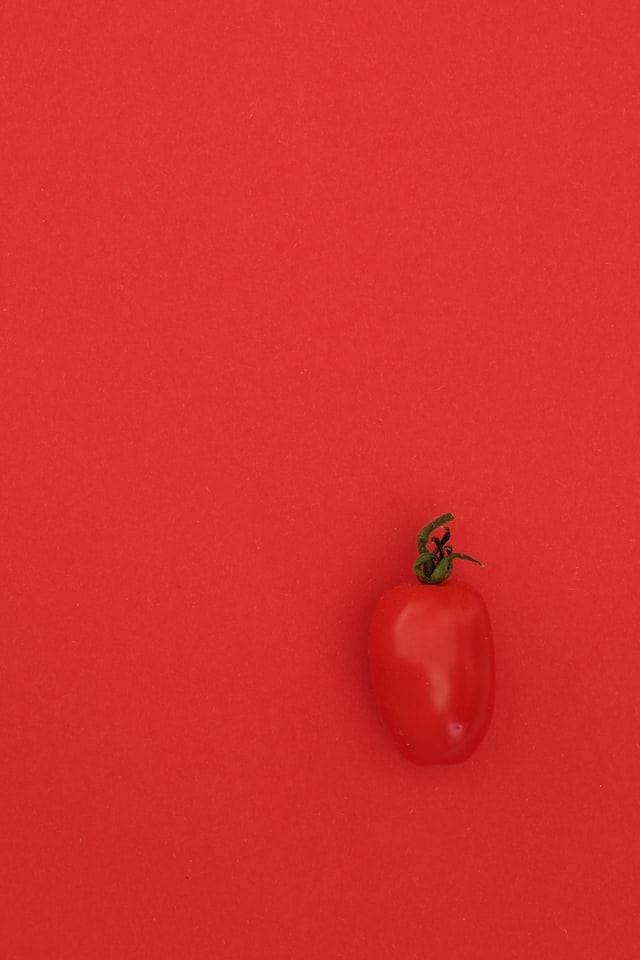
Red vegetables contain lycopene which helps the body rid itself from free radical damage, i.e. cause damage to the cells causing illness and aging.
1.4. Orange vegetable group
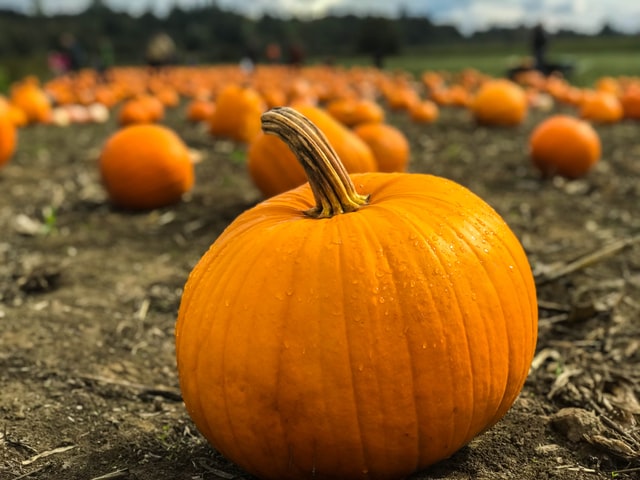
Orange vegetables contain carotene and beta carotene which protects the body from cancer forming cells and converts into vitamin A.
1.5. Yellow vegetable group
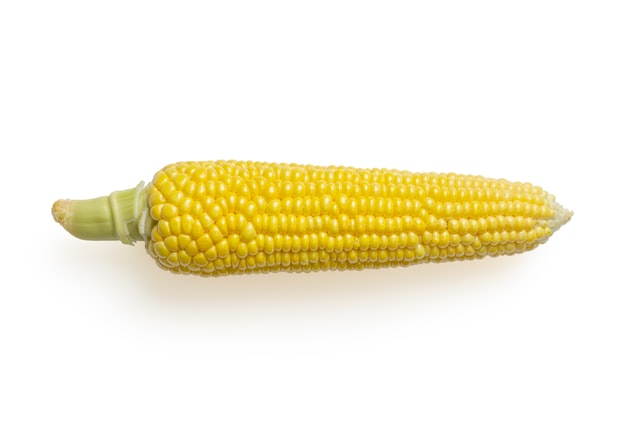
Yellow vegetables contain beta cryptothaxin which helps communication between the cells in the body.
1.6. White vegetable group
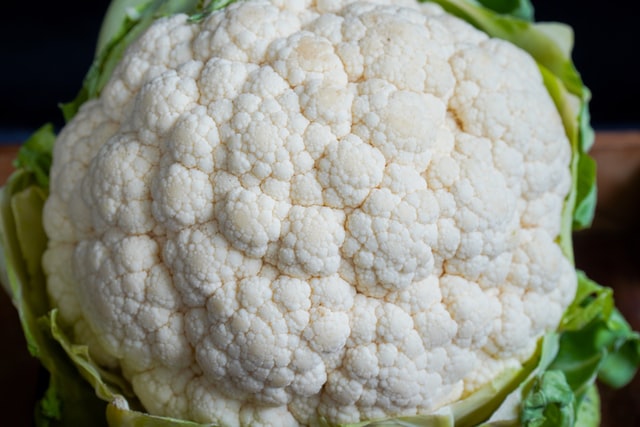
White vegetables contain antioxidants such as kaempferol and quercetin which help fight against free radical damage. Onions in specific contain allicin which has anti-tumour factors.
2. Fruits
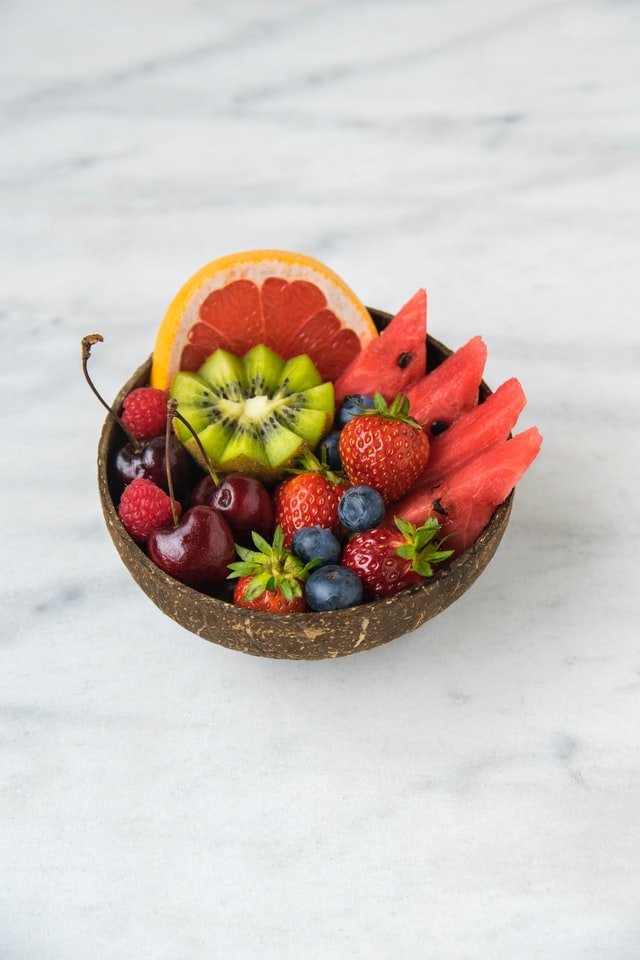
There has been a lot of controversy around fruits being high in sugar and that we should avoid certain types. This is something that we want to put to rest. Fruits are absolutely wonderful, packed with antioxidants, minerals and vitamins, we simply just can’t go wrong with these gems. Mother nature is very smart in the sense that she has packaged it up perfectly, with the skin, fiber and nutrients, to be eaten in its whole form.
3. Grains
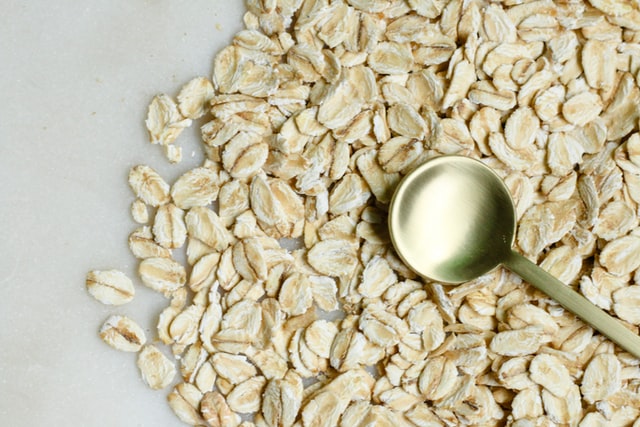
Grains are full of minerals, vitamins and fibre. We need adequate amounts of fibre in our day to flush out the toxins out of our body and for gut health. Remember our gut is our second brain and 70% of our immune system resides in our gut, therefore it’s extremely important to keep this balanced and happy. For those following a plant based diet, grains are quite important as combined with legumes, they form a complete protein. Take quinoa for example, it contains all the essential amino acids! Always have grains in its fullest form, i.e. the grain is not stripped from its layers (fiber for example) like white rice.
4. Legumes
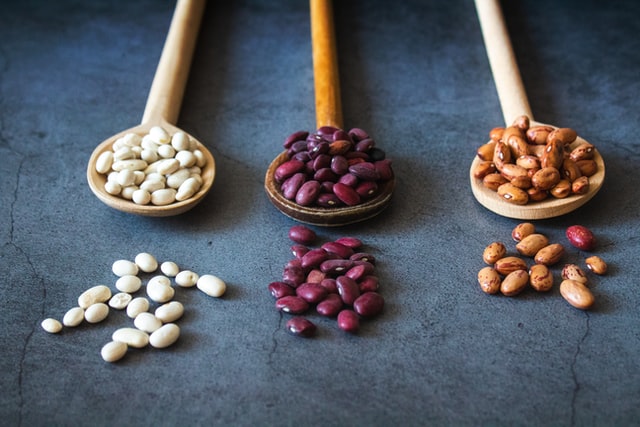
These heart shaped goodies are packed with protein, iron, and zinc, fiber, folate and potassium. Not only does the high fiber content look after our gut, but they protect our health in many other ways including high blood pressure, high cholesterol, insulin issues, may reduce the risk of strokes, colon and breast cancer and lower body fat.
5. Fats (nuts and oils)
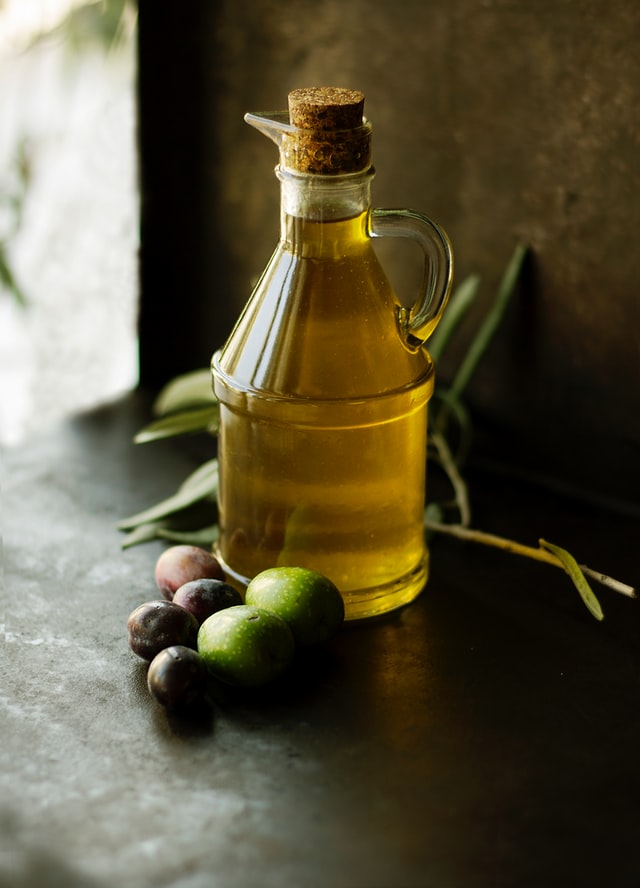
Fats are a very important part of our diet, it keeps everything well-oiled and running smoothly, but we only need a small portion of this macronutrient. The one fat that we want to stay clear from are trans fats, this has been linked to cancer, obesity, and high cholesterol and heart disease.
6. Seeds
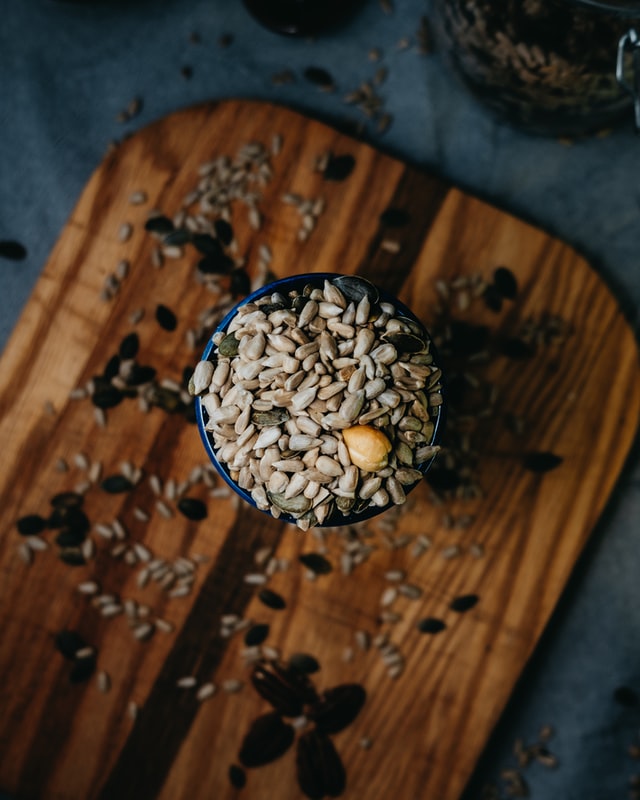
Seeds are brimming with phytonutrients (chemicals produced by plants that have antioxidant and anti-inflammatory benefits) vitamins and minerals. In small quantities they can have a big impact on our health. Take flaxseeds for example, single serving (1 tablespoon) can assist with diabetes, menstrual pain, cardiovascular issues, joint pain etc.
7. Spices and herbs
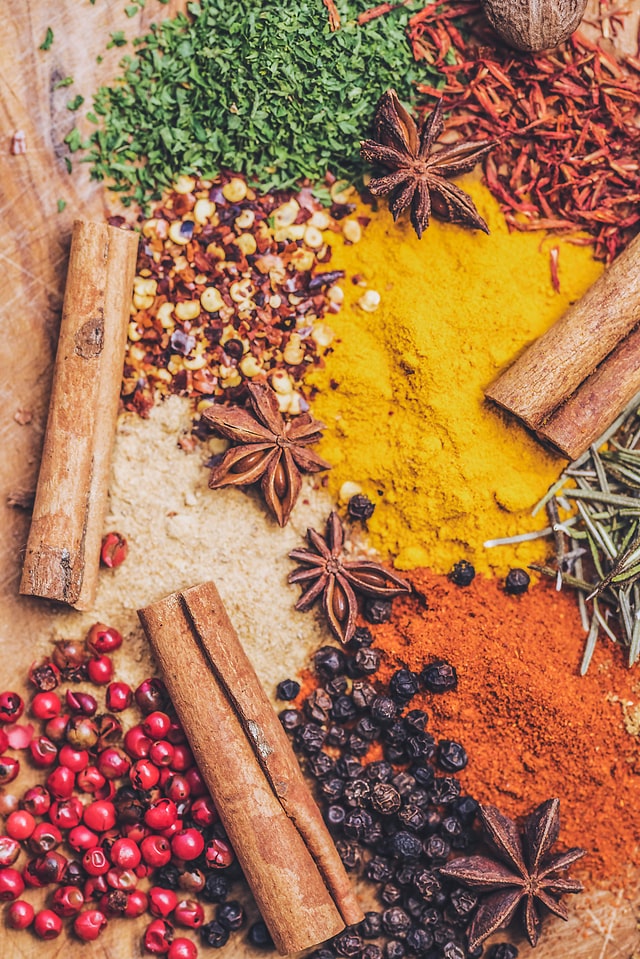
Herbs and spices are not only a great and easy way to add flavor and fragrance to dishes without adding extra fat, sugar, or salt but they also provide powerful antioxidants and nutrients for healing. Let’s look at cumin for example, great anti-inflammatory, antioxidant, blood glucose stabilizer.
8. Hydration

Our bodies are predominantly water, the average adult body is made up of nearly 60% of water. Water can be derived from both foods and drinking it straight up. On average we want to aim to get in at least 2 liters per day. An increase in water intake depends on our activity level and where we live, i.e. warmer climates call for more hydration. This is why it’s a DAILY HABIT, we need to replenish these nutrients daily as water either flushes them out our system or it gets diluted, absorbed and used.
We always talk about going back to basics, water is a vital nutrient for each cell and acts as the first step as material for building a strong base.
9. Feeling (emotion, digestion, bowel movements)

This is a very important section for us, by assessing how the meal made you feel (were you satisfied?), how did your digestion feel (bloated, light, heavy?), to the number of bowel movements you’ve had per day (your gut and poop are such good indicators about your health, don’t underestimate it).
As you can see, if your plate is filled with all this goodness you are just setting yourself up for an abundant life!
Food is one of the things in our lives that we can control. Food controls your hormones, how you feel, your energy, your mood and so many aspects of our lives to increasing our parasympathetic mode (“rest and digest” which is the mode we want to ideally always be in majority of the time), or sympathetic mode (“fight or flight” where we should experience in short-lived bouts, but sadly most people are here for longer periods, enter chronic stress)
Control this and see how synergistically everything else in your body seems to come together.
Build healthy eating habits – download habEAT tracker now!

Learn more about our journey
- The Female ClockThe Female Clock AKA the infradian clock! Menstruating women experience two biological […]
- You Were Born With Everything You Ever NeededLadies, since day one you were born with everything you ever needed… […]
